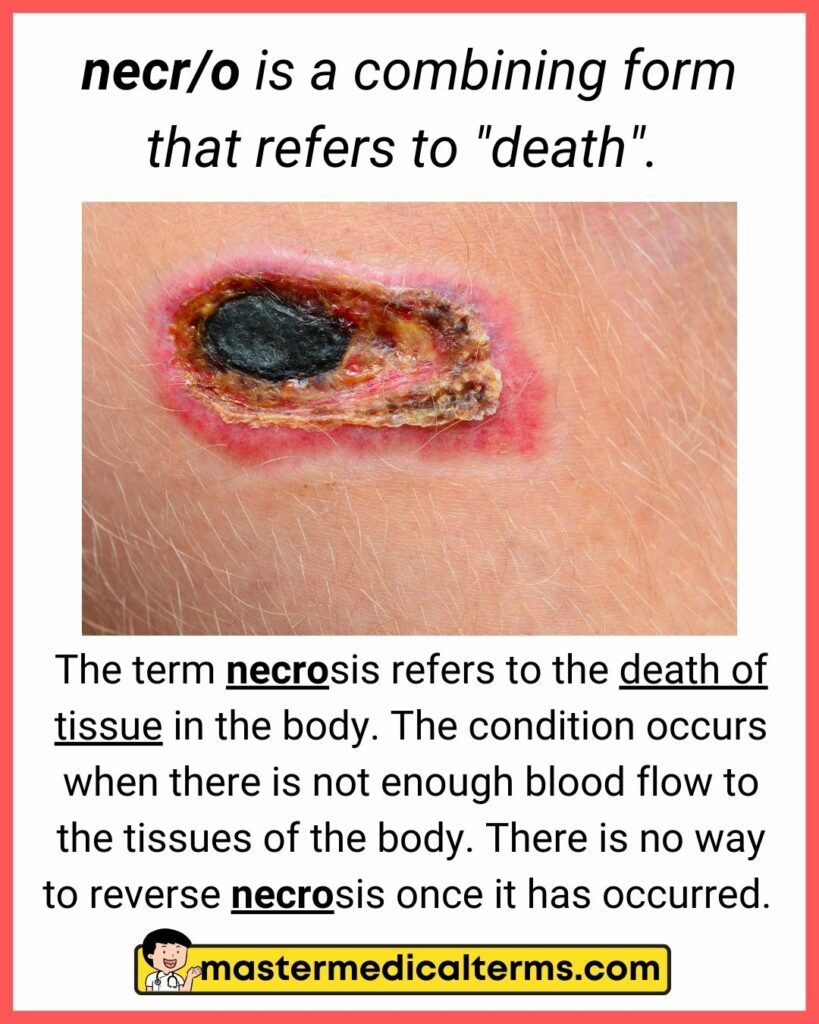With this flashcard review list, you’ll gain a deeper understanding of the root words and combining forms associated with the integumentary system. Check out the quiz version of this flashcard if you want to see how much you remember.
#1 derm/o, dermat/o, cutane/o
derm/o, dermat/o or cutane/o is a combining form that refers to "skin".
There is about 20 square feet of surface area on the skin, making it the biggest organ in the body. The skin shields the body from pathogens and the elements, regulates body temperature, and allows touch, heat, and cold sensations.
#2 hidr/o, idr/o
#3 hirsut/o
hirsut/o is a combining form that refers to "hairy" or "rough".
Hirsutism is a disorder in women in which there is an overgrowth of black or coarse hair on their bodies in a pattern similar to that of men. In hirsutism, excessive hair growth is caused by excessive male hormones (androgens), mainly testosterone.
#4 melan/o
melan/o is a combining form that refers to "melanin" or "dark".
Melanin is a chemical in the body that plays a role in the pigmentation of hair, eye and skin. The more melanin in the body, the darker the eyes, hair, and skin. Melanin levels are influenced by several factors, such as genetics and sun exposure.
#5 myc/o
myc/o is a combining form that refers to "fungus".
A fungus is responsible for athlete's foot and yeast infections. Fungi are among the earliest organisms. The most common examples of these organisms are mushrooms, mold, and mildew. There are fungi in all kinds of places: in the air, on plants, in soil, and even in water. There are some that actually reside inside the human body. There are roughly half of all the different types of fungi that are harmful.
#6 necr/o
#7 onych/o, ungu/o
onych/o or ungu/o is a combining form that refers to "nail".
A nail is a thin plate with a claw-like shape that is located at the tip of each finger or toe. There is a tough protective protein that forms the structure of the fingernails and toenails and it is called alpha-keratin, which is a polymer molecule.
#8 pachy/o
#9 rhytid/o
rhytid/o is a combining form that refers to "wrinkles".
A wrinkle is basically a crease, fold, or ridge on the surface of the skin. In the course of aging, they are naturally going to appear on the body. Due to the thinning of the skin and the decreasing elasticity of the skin over time, they develop on the body.

















